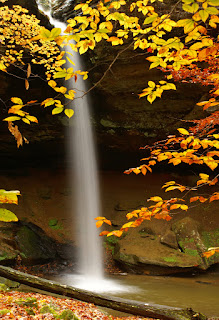 Photographing people is probably one of the best ways to boost your overall photographic abilities. The main reason for this is because it teaches you as a photographer to use Light and Exposure in every way you can imagine.
Photographing people is probably one of the best ways to boost your overall photographic abilities. The main reason for this is because it teaches you as a photographer to use Light and Exposure in every way you can imagine.Photographing people can be one of the most enjoyable and yet difficult forms of photography to get right. There are so many variations to it one can get lost in all of confusion. Yet because there are so many variations is one of the reason it is such a powerful teaching tool. When you first try to capture people it becomes quite obvious right away just how difficult it is because not only are you dealing with the mechanics of exposure and light, you are dealing with a personality and character. To capture them successfully there must be a blending of both in such a way as to create that special moment.
One concept that helps is called Dynamic Engagement (DE). Simply stated this is finding a balance between your subject's character, personality, mannerisms, available / artificial light, and environmental conditions. DE is not a built in function for most people. It is developed over time. It is where you learn to engage with your subject in such a way they feel relaxed and natural. By doing so the capture process takes care of itself.
Although posing your subject is a viable way to photograph them, doing it in such a way that it does not look posed is difficult. Allowing your subject to be themselves sometimes is much easier because they will feel more at ease with just a little instruction so they know the angle you are trying to capture and then let them place their own flare to it. When doing this it is important to anticipate the defining moment. That is the moment in every photograph where action and light come together to create that perfect blend.
Not enough room inside this post to fully cover such a complex and varied form of photography so the idea I want to portray is to remember that photographing people requires as much or more thought process as any form of photography especially how to use light. Light is more important with people photography than with any other type. Without the proper mood being generated, your people photos will more often than not begin to look rather clicheish and ordinary. What is so exciting about capturing people is that ther are so many ways to do it and the opportunity to get creative is so great and that is why it is such a great teaching tool..
----------
This will be the last installment of the Creating Extraordinary Visions series. I've enjoyed putting it together for you. We've talked generally about a variety of subjects. The purpose of this series was to be less instructional and more inspirational where I hope you will take the ideas and encouragment to try new things. You are only limited by your imagination in what you can accomplish and it is entirely up to you how far you want to go.
Always remember, the most important thing about creating extraordinary visions is to always be willing to place yourself at that point of greatest petential. This is a concept I learned a number of years ago and has remained a constant encourager to me to always push myself to greater heights and to never be satisfied with the ordinary. Remember too, to never give up on Light, for Light is the driving force behind every great photograph.













